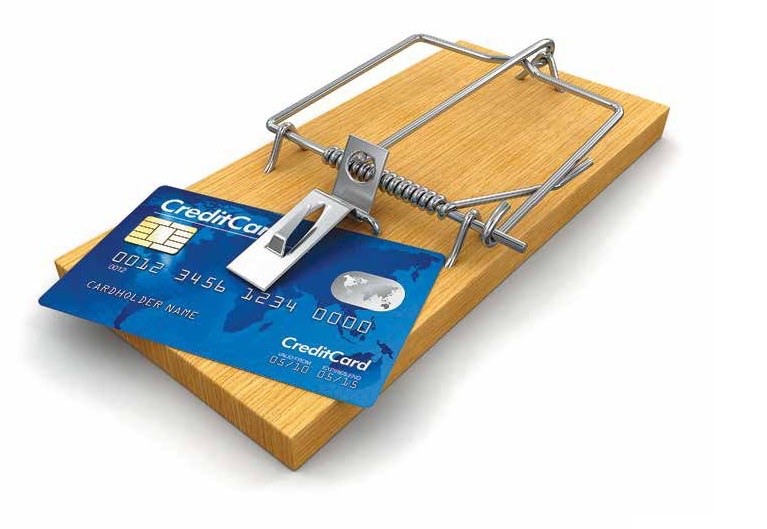How That ₹5,000 Deal Became a ₹6,400 Mistake – And What You Can Do About It
In today’s instant-gratification world, credit cards have become a lifestyle tool — swipe now, worry later. But if you’re not careful, they can quietly turn into a high-interest debt trap, eating away your income faster than you realize.
Let’s start with a real-life scenario:
The ₹5,000 Purchase That Turned Into ₹6,400 Nightmare
Imagine you buy a smart speaker online for ₹6,250.
You apply a 20% discount and swipe your credit card for ₹5,000.
You think: “Good deal!”
But then… you forget to pay the full bill on time.
Here’s what happens when you miss just one credit card payment:
| Charges | Amount (₹) | Details |
|---|---|---|
| Purchase Amount | ₹5,000 | After discount |
| Interest Charges (3.3% per month) | ₹165 | On ₹5,000 (approx. 39.6% annual interest rate) |
| Late Payment Fee | ₹600 | For due amount < ₹10,000 (may vary by bank) |
| GST on Fee & Interest (18%) | ₹138 | Tax on ₹765 (interest + late fee) |
| Interest on Next Month’s Purchases | ₹500+ | New spending also starts accruing interest from Day 1 |
| Total Cost of That Purchase | ₹6,403 | You lose your discount — and pay 28% more |
One month delay = ₹1,403 penalty on a ₹5,000 item.
This is how most Indians fall into a rolling credit trap without realizing it.
Why It Happens: Credit Cards Charge Interest Differently
Credit cards are not like personal loans. Once you miss the full due payment, you lose your interest-free period. Every new purchase starts attracting 36%–45% annual interest.
Even worse, banks keep charging interest on the unpaid amount + interest + taxes + new spends. It compounds fast.
How to Escape the Trap
1. Never Miss the Due Date
Set auto-debit for the full amount — not just the minimum due. Banks love it when you only pay the minimum — because the rest becomes profit for them.
2. Use the Avalanche or Snowball Method
If you’re stuck with multiple cards:
- Avalanche: Pay off the card with the highest interest first.
- Snowball: Pay off the smallest outstanding balance first to build momentum.
3. Stop Spending on the Card Until It’s Cleared
Avoid new purchases. Convert large spends to EMI or take a lower-interest personal loan to pay off credit card debt fast.
4. Track & Budget
Use apps like Walnut, CRED, or your bank’s SMS alerts to monitor dues. Awareness is your first shield.
A credit card is a powerful financial tool only when used with clarity, limits, and prompt repayment.
Don’t Let Discounts Fool You
The biggest irony? Most people land in trouble chasing discounts and cashbacks. That 10% discount vanishes when you pay 30% more in penalties.
Credit cards work only if you are disciplined. Otherwise, your salary will always be trying to catch up to your credit bill — and failing.
key takeaways
- Missing one credit card payment can cost you 25–30% more due to late fees, high interest (36–45% annually), and GST on charges.
- Your discount deal can backfire — a ₹5,000 item bought on sale may end up costing ₹6,400 or more if you miss the payment deadline.
- Always pay the full bill on time, not just the minimum due, to avoid losing your interest-free period and triggering compounding debt.
- Use the Avalanche (high-interest first) or Snowball (smallest debt first) method to manage and clear credit card dues faster.
- Stop using the card while repaying debt, and consider switching to lower-interest options like personal loans or EMIs to break the debt cycle.




